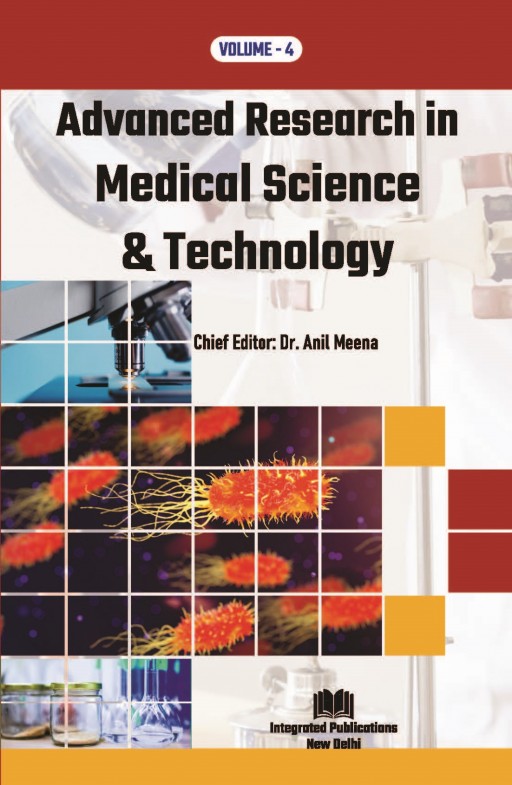Beyond the Shadows of Breath: A Comprehensive Review of Pneumonia's Impact, Evolution and Modern Management with Special Emphasis on CAP


Background: Pneumonia, a serious respiratory infection affecting all ages globally, remains a major public health concern despite medical advancements. It is a leading cause of mortality, particularly among children under five and the elderly. This review examines current pneumonia trends worldwide, with a focus on India, highlighting the disease's burden, causes, and management strategies. Epidemiology: Community-acquired pneumonia (CAP) is a common infectious disease with diverse causative agents, predominantly Streptococcus pneumoniae. It poses a significant global health concern, especially affecting the very young, elderly, and immunocompromised individuals. Incidence varies by age, geographic location, and season, with winter peaks often linked to indoor congregation and viral activity. Risk factors include smoking, chronic lung diseases, immunosuppression, and environmental factors. The pathogenesis involves pathogen entry, host immune response, and lung tissue damage, with molecular studies enhancing understanding and guiding diagnostics, treatment, and vaccination strategies. Categories of pneumonia: Pneumonia varies by location (bronchopneumonia, lobar, interstitial, necrotizing) and acquisition site (hospital-acquired, aspiration, healthcare-associated, community-acquired, ventilator-acquired). Community-acquired pneumonia (CAP) has significant morbidity and mortality, while hospital-acquired (HAP), ventilator-acquired (VAP), healthcare-associated (HCAP), and aspiration pneumonia present unique risks and pathogens. Diagnostic modalities: For diagnostic purpose, ultrasound, chest radiography, CT scan, sputum examination, blood culture are beneficial. Treatment modalities: Due to increasing antimicrobial resistance, new antibiotics have been developed for pneumonia, particularly severe forms caused by multidrug-resistant (MDR) Gram-negative pathogens. Ceftobiprole, Ceftaroline, Ceftazidime/Avibactam (CAZ-AVI), Ceftolozane/Tazobactam, Meropenem/Vaborbactam, Omadacycline, Solithromycin, Telavancin are used for treatment of CAP and the different types of Pneumonia. Conclusion: The development of new diagnostic modalities and treatment options has significantly improved the management of pneumonia. Non-invasive techniques like lung ultrasound and advanced imaging modalities like CT scans offer precise diagnosis. Novel antibiotics such as ceftobiprole, ceftaroline, and combinations like CAZ-AVI and ceftolozane/tazobactam provide effective treatment against resistant pathogens, ensuring better patient outcomes.